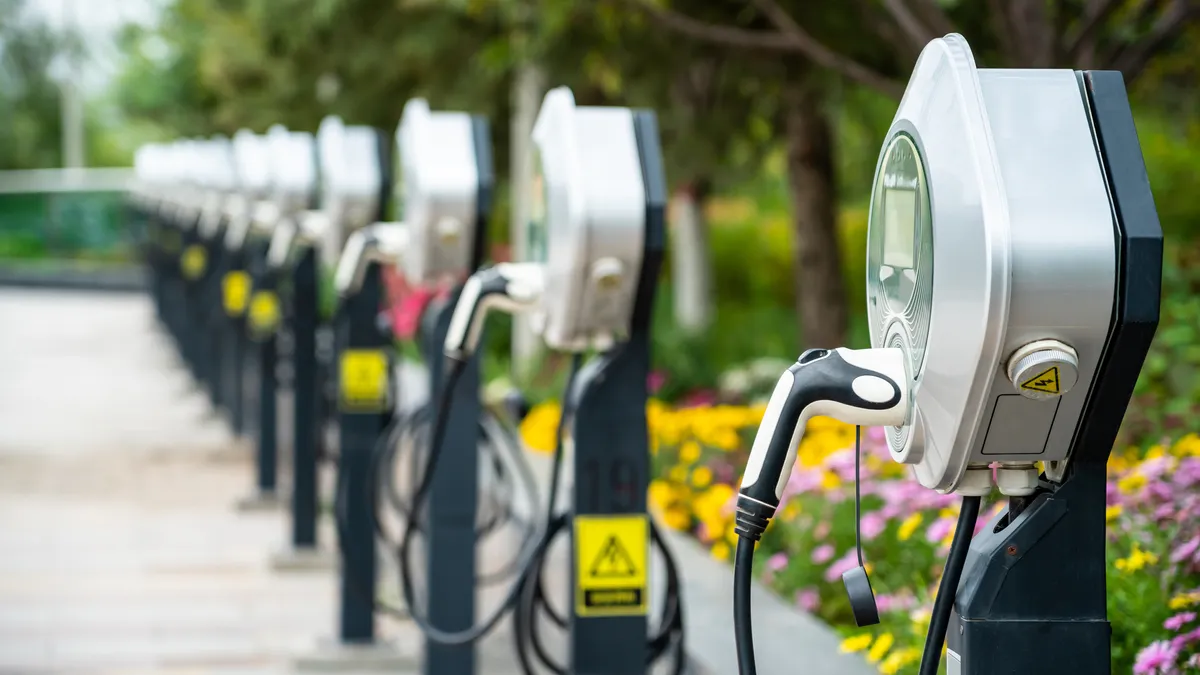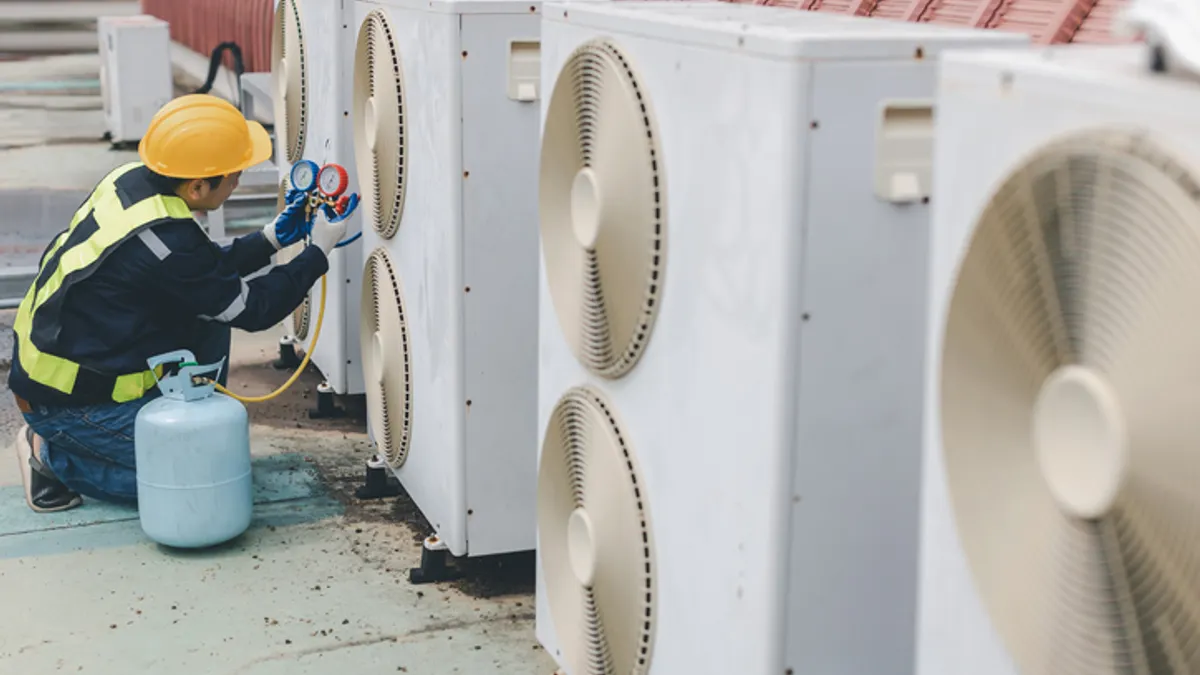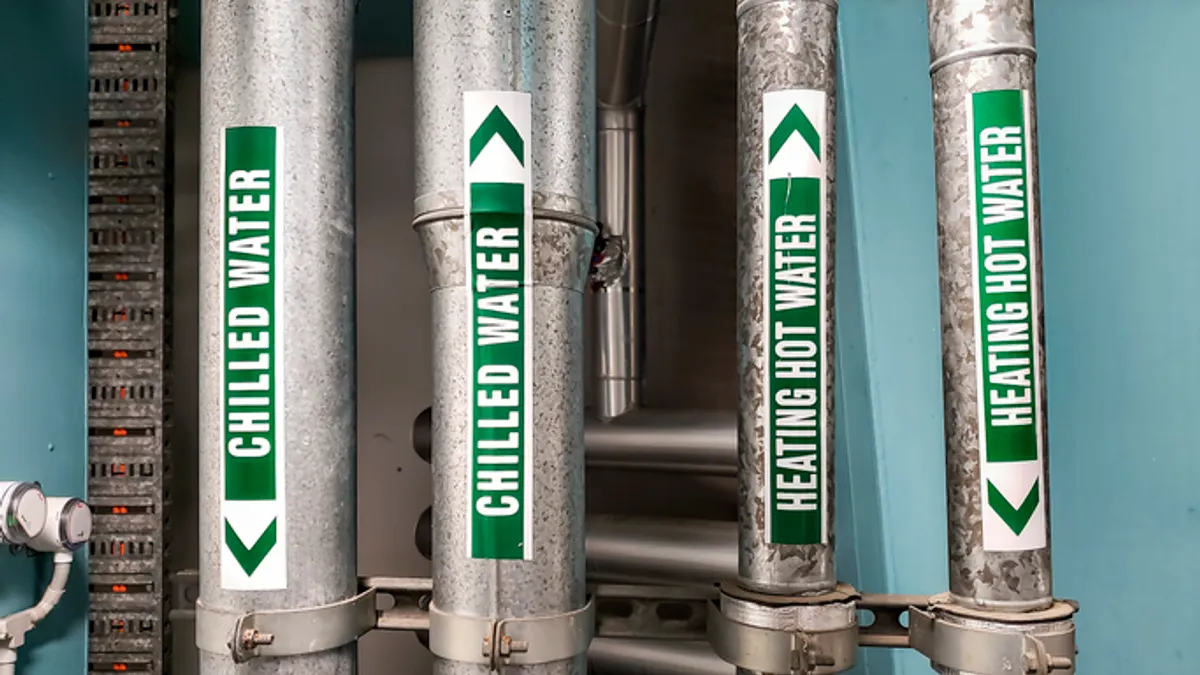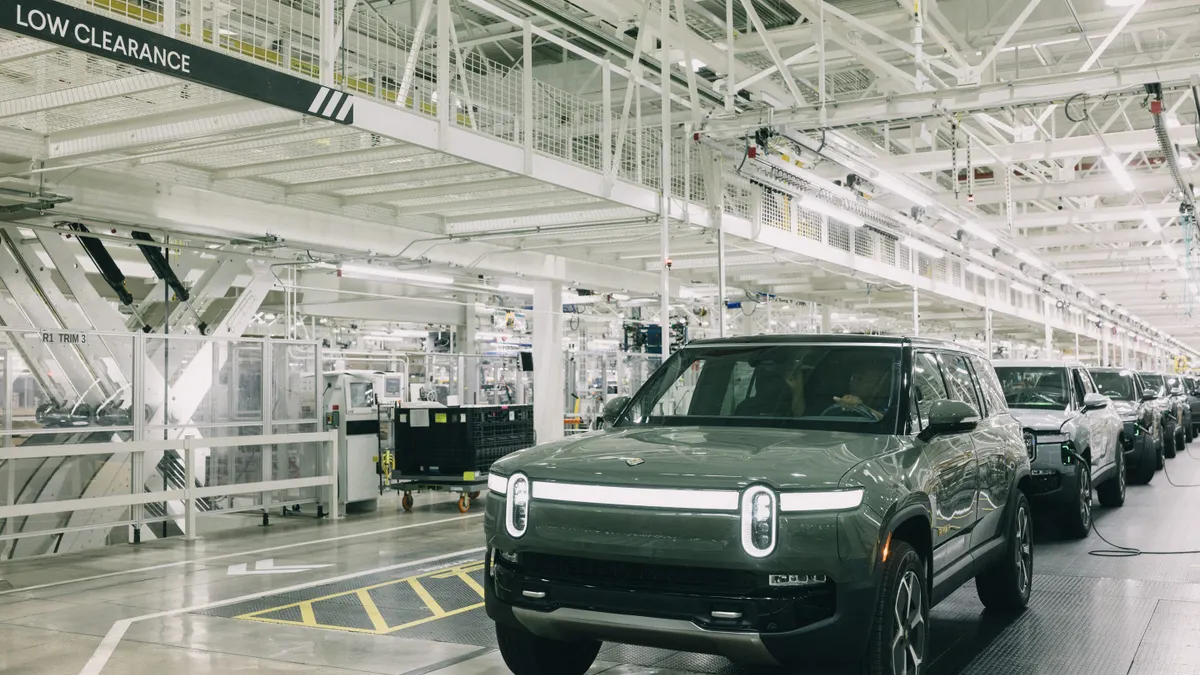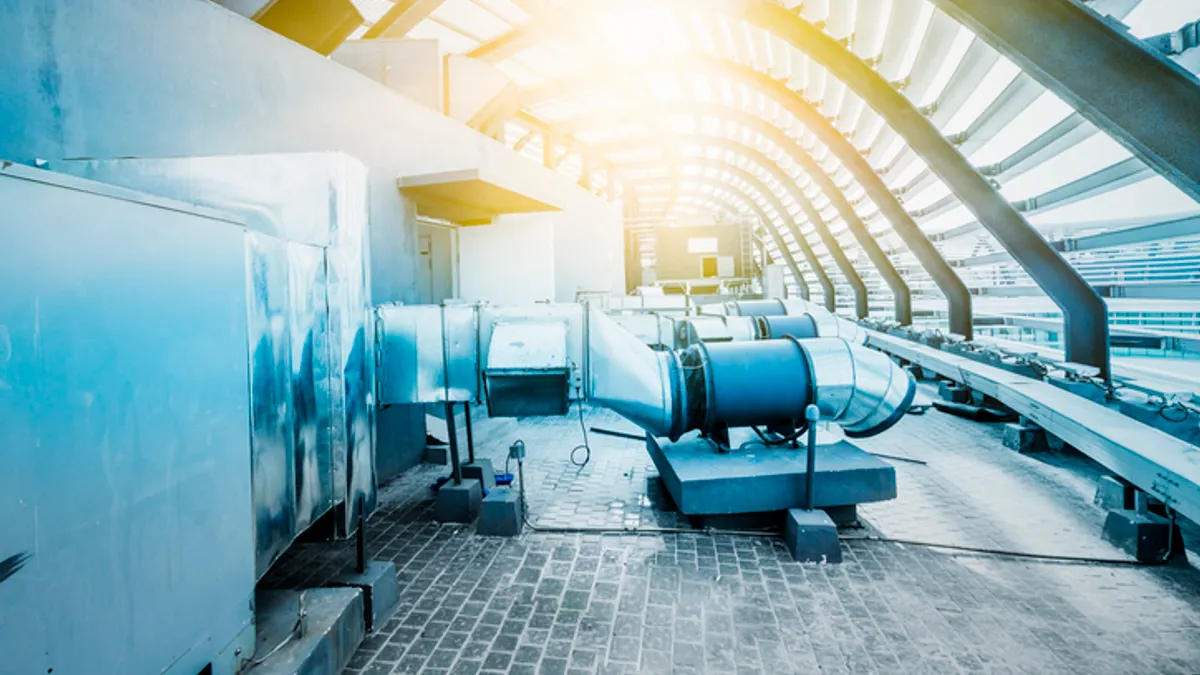Devashree Saha is a senior associate at World Resources Institute, United States. Dan Lashof is the director of World Resources, United States.
The transition to electric vehicles represents a revolution for the global auto industry, bringing with it new technologies and infrastructure requirements to build, operate and maintain vehicles. In the United States, approximately 6% of car sales in 2022 were EVs, and that share is expected to rapidly accelerate through a combination of organic growth and funding and tax incentives in recent federal laws such as the Inflation Reduction Act and bipartisan infrastructure law. In addition, EPA’s new proposed rules would require as much as two-thirds of new vehicle sales to be electric by 2032.
EVs are essential for reducing greenhouse gas emissions and avoiding the most catastrophic impacts of climate change. They also present a major opportunity to create thousands of good quality American jobs across the entire EV value chain and in related infrastructure development. Since 2021, companies have quadrupled their announced investments in U.S. EV and battery manufacturing to $210 billion. States across the country — from Michigan to Georgia to Tennessee — are vying to secure these investments and jobs.
New analysis from World Resources Institute reveals that the EV transition presents significant opportunities for states if they enact the right policies. However, if the transition is not managed properly, it risks leaving behind longtime autoworkers and auto manufacturing communities. While this research is focused on Michigan — which with 175,000 jobs in auto manufacturing is arguably the state most likely to be impacted by the EV transition — its findings are equally applicable to other auto manufacturing states.
Here are three things that states can do to fully realize the benefits of the EV revolution already in motion.
First, auto manufacturing states should double down on strengthening their innovation capacity, manufacturing competitiveness and workforce pipeline to attract investments and talent. For example, supportive policies focusing on these goals could enable Michigan to increase its market share of EV assembly and battery production, leading to the creation of 56,000 additional jobs in auto manufacturing in 2030.
The more states can bolster the building blocks of their EV ecosystem — innovation, workforce and talent, infrastructure, and institutions — the better placed they will be to attract companies and talent. Targeting both high-wage and high-skilled jobs in research, design and development and blue-collar and technical workers will be key. The expanding EV industry is likely to see significant innovation and technological advancements, including in the development of different battery technologies, battery recycling, vehicle-to-grid systems, wireless charging and more.
To reap the employment and innovation benefits, states should consider expanding public investments in higher education to strengthen their local skills base, investing in programs to retain and attract STEM students and supporting business R&D. These are proven ways for states to attract both R&D facilities and corporate headquarters and the high-tech talent required to support the digital and knowledge-based jobs of the EV industry.
Next, states should take proactive measures to improve job quality in the growing EV field and ensure that longtime autoworkers and auto manufacturing communities are not left behind. Working in the auto industry was once a ticket to the middle class. However, in recent decades the industry has seen an erosion of wages and working conditions. Higher levels of unionization have been found to lead to better wages and working conditions for workers, yet some automakers have resisted unionization. In fact, several have located their manufacturing plants in the southern United States, where every state is a right-to-work state, making it harder for workers to form unions and collectively bargain for better pay and working conditions. The United Auto Workers’ unionization of a GM battery plant in Ohio signals a potential shift. However, the downward trajectory in job quality in the auto industry will continue unless states take steps to address this issue.
States can ensure that EV-related jobs are family-sustaining, secure and upwardly mobile by strengthening and expanding prevailing wages, promoting collective bargaining and unionization, and protecting temporary contract workers. Policymakers should also consider providing robust transition support for longtime autoworkers by creating a transition support fund and rapid response team to address job losses and supporting retraining opportunities.
Working with employers to provide fair early retirement packages for older internal combustion engine workers should also be on the table. States can provide transition support to communities affected by any closure of legacy auto facilities, ensure that communities benefit from new EV investments (e.g., through community benefits agreements) and that any changes do not add to more pollution in their own communities.
Finally, states need to accelerate EV adoption and the rollout of EV charging in an equitable way. EV adoption can offer significant economic benefits, including job creation and consumer savings. In Michigan alone, EV adoption can lead to 7,500 new jobs in EV charging infrastructure installation, operation and maintenance in 2040; 12,000 new jobs in electric utilities in 2040; and 7,600 jobs a year on average between 2024 and 2040 by increasing renewable energy deployment to support EVs.
Because EVs are cheaper to own and operate than comparable gasoline-powered vehicles, Michigan car owners could save $40 billion cumulatively by 2040 on vehicle purchases, maintenance and gasoline. This is on top of the public health and climate benefits arising from switching to EVs. Providing financial incentives for EVs, setting stringent clean fuels and vehicle emissions standards, supporting charger deployment by standardizing permitting, adopting EV-ready building codes, and approving utility electrification programs are just a few ways to do this.
The EV revolution is leading the auto industry into a new era. If states race to capitalize on this without considering potential negative impacts on workers, they will risk undercutting the benefits presented by the transition and leaving many of their hard-working citizens in the dust. On the other hand, with proper planning states can seize the opportunity to chart a path to an electrified future that benefits everyone.


